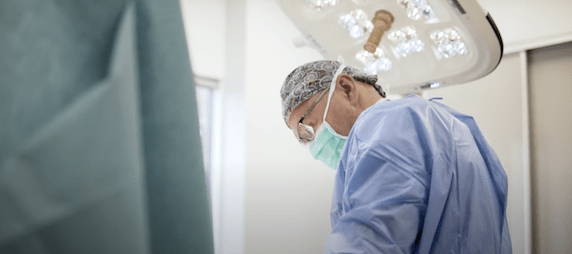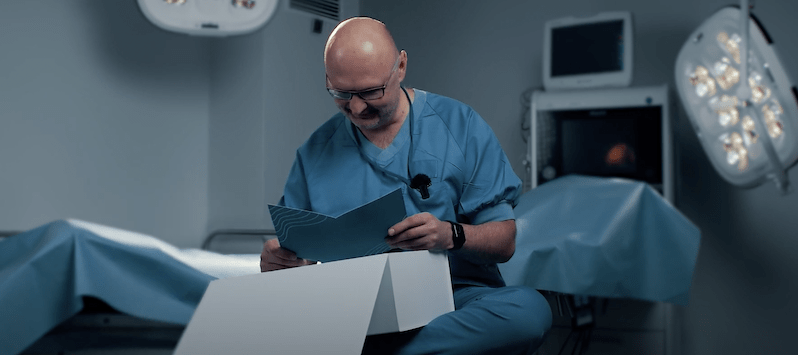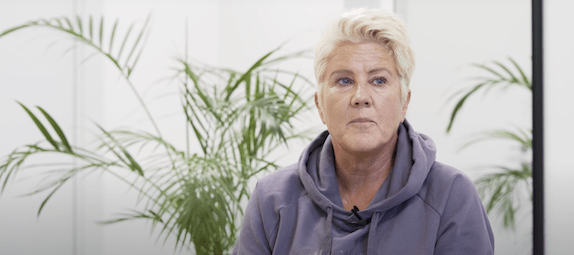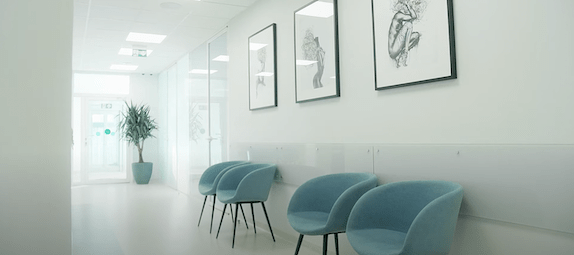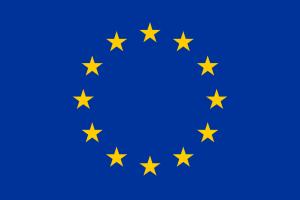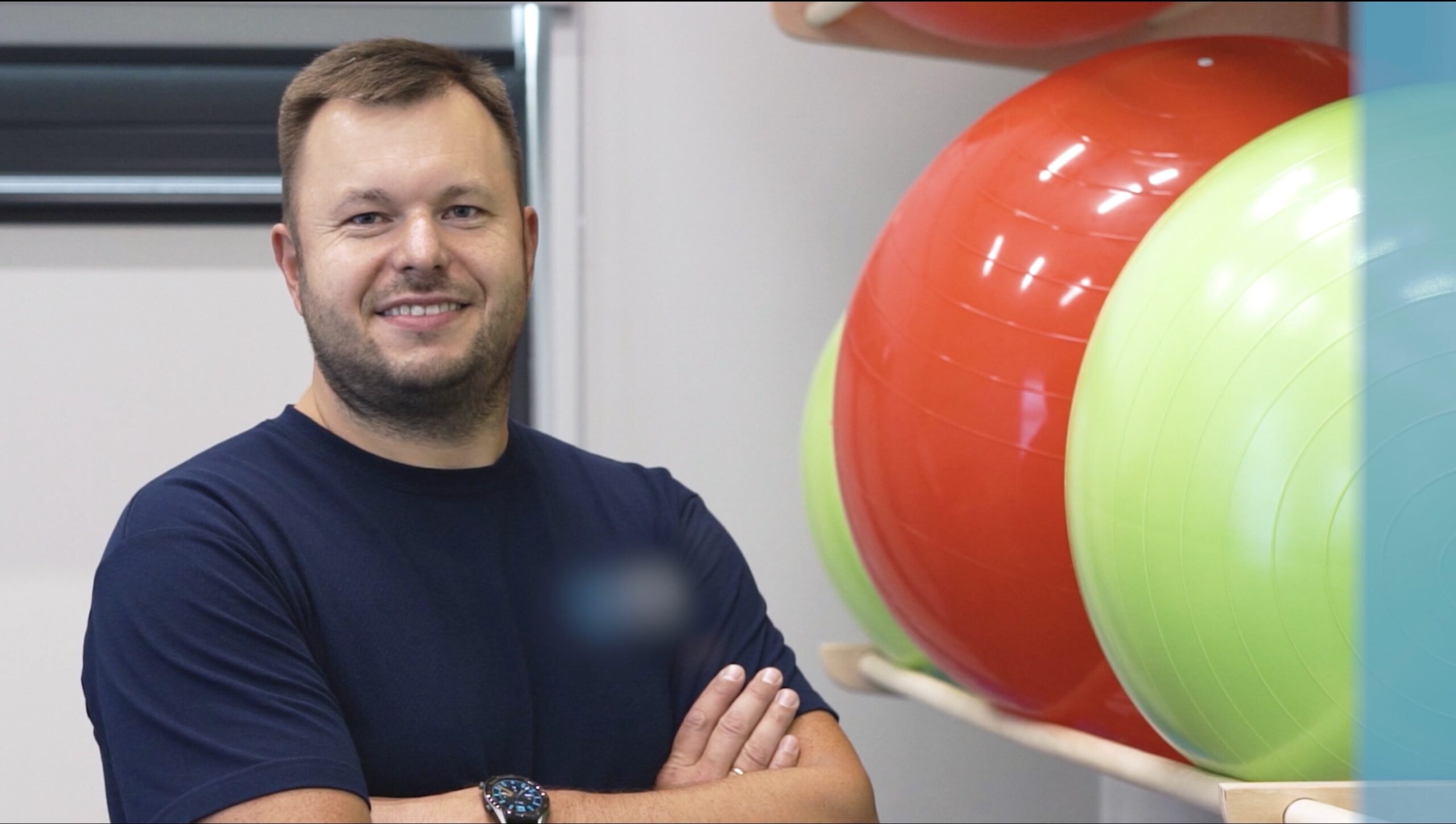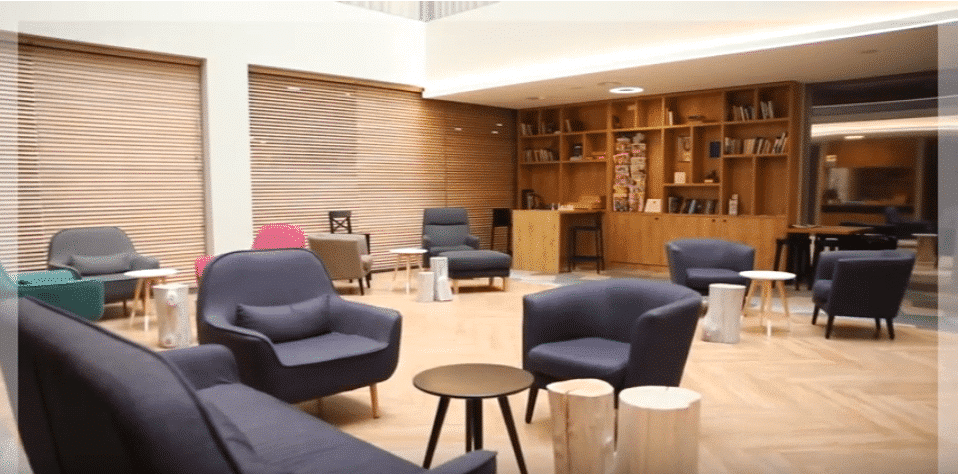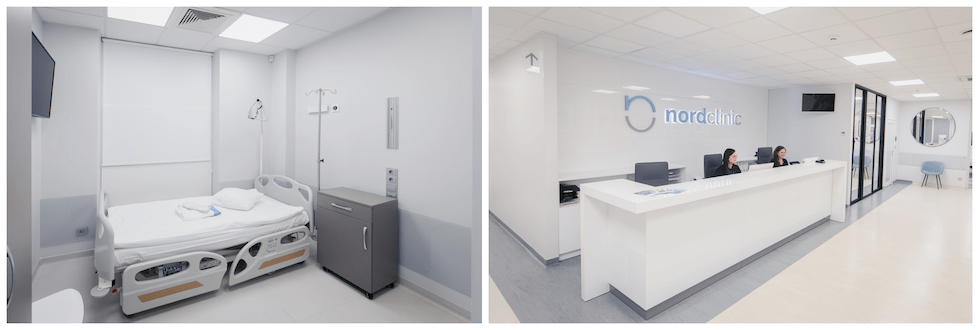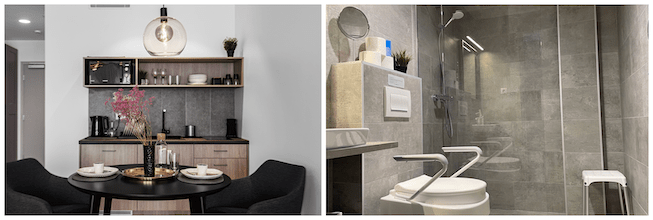Tarsal Tunnel Surgery Abroad: Lithuania
We are one of the leading orthopaedic surgery clinics for medical tourists in the European Union. We are proud of the fact that over 90 % of our patients come from the UK, Ireland, Norway, Sweden, the United States, Canada and other countries.
Reviews & Facebook group
Our patients and clinic in the media
Prices
- tarsal tunnel surgery – 1.600 £
- all necessary tests performed in 1 day – FREE X-ray, CT or MRI scan – from 155 £
- accommodation with medical care – from 62 £ per night
- consultation with the surgeon
- necessary health tests
- surgery
- anaesthesia
- hospitalisation
- 24/7 personal assistance during your stay
- transfers to / from the airport, hotel and clinic
- all documents translated to English
Get your surgery for free by claiming a refund from your local health board. The clinic helps patients with the documents needed to claim a refund after following the EU directive route for medical treatment abroad. It applies to patients who are insured under the systems of one of the EU countries and may not get the surgery due to long waiting times.
- tarsal tunnel surgery – 1.800 €
- all necessary tests performed in 1 day – FREE X-ray, CT or MRI scan – from 180 €
- accommodation with medical care – from 74 € per night
- consultation with the surgeon
- necessary health tests
- surgery
- anaesthesia
- hospitalisation
- 24/7 personal assistance during your stay
- transfers to / from the airport, hotel and clinic
- all documents translated to English
Get your surgery for free by claiming a refund from your local health board. The clinic helps patients with the documents needed to claim a refund after following the EU directive route for medical treatment abroad. It applies to patients who are insured under the systems of one of the EU countries and may not get the surgery due to long waiting times.
Patient stories
Clinic videos
Nordorthopaedics Center Of Excellence
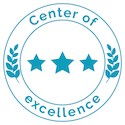
Refund for EU patients
Get your surgery for free by claiming a refund from your local health board. The clinic helps patients with the documents needed to claim a refund after following the EU directive route for medical treatment abroad. It applies to patients who are insured under the systems of one of the EU countries and may not get the surgery due to long waiting times. On average our patients from the EU countries get fully refunded by their local health board in 5 months after their surgeries.
Rehabilitation packages
One of the most important factors for a quick and full recovery after surgery is proper rehabilitation. Rehabilitation helps recover after surgery as well as prevents formation of blood clots and helps avoid most of the postoperative complications and side effects. We offer two different rehabilitation packages:
Outpatient rehabilitation in Kaunas with a physiotherapist. The rehabilitation clinic is equipped with modern facilities. Individual rehabilitation programs are prepared by a kinesiologist with over 20 years of experience, Prof. Laimonas Siupsinskas. This type of rehabilitation is best suited for people who are physically active, athletes and those wishing to return to sports as soon as possible.
Rehabilitation in Kaunas – € 120 / £ 100 for one 1 h physiotherapy session per day.
- personalized rehabilitation course;
- specialist who is also a physiotherapist for Lithuanian Men’s National Basketball Team;
- all required medication;
- transportation to/from the rehabilitation clinic;
- read more about outpatient rehabilitation in Kaunas.
Inpatient rehabilitation at SPA resort in Druskininkai. It is equipped with modern facilities. The professionals there have years of experience working with people after various surgeries and injuries.
Rehabilitation at SPA resort in Druskininkai – from € 220 / £ 183 per day
- personalized rehabilitation course;
- room with TV and private bathroom;
- three meals a day;
- all medication needed;
- transportation to/from the rehabilitation centre;
- read more about inpatient rehabilitation in Druskininkai.
Our clinic
Self-catered accommodation with medical care
11 reasons that make us the most popular orthopaedic clinic abroad
One of the most important factors for a quick and full recovery after surgery is proper rehabilitation. Usually, clinics are not able to offer this due to costs savings. Our patients can choose between two inpatient and outpatient options: rehabilitation with a physiotherapist of the Lithuanian national basketball team, prof. L. Siupsinskas or rehabilitation at a medical SPA.
Our team of 5 orthopaedic surgeons has 10-20 years of experience in the field in total performing over 1.000 different orthopaedic surgeries per year. Moreover, our surgeons are members of various prestigious surgical societies both Lithuanian and international. Our leading joint replacement surgeon S. Tarasevicius is an author of 150 scientific publications in different medical journals, who has performed more than 3.500 joint replacement surgeries during 15+ years of his professional experience.
We are one of the leading orthopaedic surgery clinics for medical tourists in the European Union. We are proud of the fact that over 90 % of our patients come from the UK, Ireland, Norway, Sweden, the United States, Canada and other countries.
One of the world’s leading medical technology companies and orthopaedic implant manufacturers, Smith & Nephew, have chosen Nordorthopaedics as Center of Excellence in the Baltic States.
We are trusted by our patients and we appreciate all the reviews and feedback collected over the years. Find more than 150 testimonials here or on Google.
Already more than 4.000 of our former, current and future patients joined our online community with the aim to build a space for opinions and mutual support. Members are welcome to share experiences about their visit to the clinic and to discuss all surgery-related matters. No other orthopaedic clinic can offer such group support.
Being a true member of the International Society of Arthroplasty Registries, Lithuania is one of the leaders in low joint replacement revision rates, as only 9% of surgeries in Lithuania require revision in 10 years after surgery. Moreover, with the implants used at our clinic, only 2-3% of surgeries require revision in 10 years after surgery, while revision rates in some other Western countries, for example, USA, is as high as 17% in 10 years after surgery. The implants used at our clinic have been evaluated by other countries’ registries as those ensuring longest implant life, as compared to products of other manufacturers. Moreover, thanks to our active participation in collecting data for the registries, the surgical technique used at our clinic ensures best surgical outcomes.
Our clinic is seen on different media mentions like: BBC News, BBC Radio, The Telegraph, MailOnline, Winnipeg Free Press, CTV News, CBC, RTE Radio, itv.
Our clinic works according to the highest standards set by the European Union. This helps to guarantee the quality of medical services. We care about the safety, comfort and successful results of our patients from all over the world.
The clinic helps patients with the documents needed to claim a refund after following the EU directive route for medical treatment abroad. It applies to patients who are insured under the systems of one of the EU countries and may not get the surgery due to long waiting times.
We provide customer service in 9 foreign languages including English, Swedish, Norwegian, Danish, Italian, Spanish, French, Russian, Polish. Everyone in our clinic speaks English, including nurses, assistants and the surgeon.
Athletes treated at Nordorthopaedics
Official clinic of Lithuania national football teams

Highest quality implants
Our clinic uses implants based on their performance in international registries.
Being a true member of the International Society of Arthroplasty Registries, Lithuania is one of the leaders in low joint replacement revision rates, as only 9% of surgeries in Lithuania require revision in 10 years after surgery. Moreover, with the implants used at our clinic, only 2-3% of surgeries require revision in 10 years after surgery, while revision rates in some other Western countries, for example, USA, is as high as 17% in 10 years after surgery. The implants used at our clinic have been evaluated by other countries’ registries as those ensuring longest implant life, as compared to products of other manufacturers. Read more here.
Defining tarsal tunnel syndrome
Tarsal tunnel syndrome (TTS), also known as the posterior tibial neuralgia or entrapment neuropathy, defines pain and paraesthesias over the sole of the foot which are caused by entrapment or compression of the posterior tibial nerve or any of its branches. The cause of TTS can be identified in only 50% of cases and include fracture callus (the bony healing tissue around the ends of the broken bone), exostosis (outgrowth of the bone), lipoma, ganglion of the tendon, engorged venous plexus, valgus deformity (outward deviation of the foot).
Anatomy of tarsal tunnel
This syndrome was called the Tarsal tunnel syndrome because of the topographic anatomy of the posterior tibial nerve. This nerve threads the narrow tarsal tunnel which is a structure of a dense fibrous tissue. The medial wall of the tarsal tunnel is the tibia and the lateral wall is the flexor retinaculum. The flexor retinaculum is a fibrous band located in the medial part of the tarsus (behind the medial malleolus). It forms a canal (the tarsal tunnel) for the tendons, vessels and the posterior tibial nerve.
Symptoms of tarsal tunnel syndrome
TTS usually causes pain or paraesthesias (abnormal sensations) or numbness over the sole of the foot. Actually, the symptoms vary a lot.
- Most patients define the pain as burning or a dull ache.
- However, it can also manifest as crampy or spastic pain.
- Moreover, in some patients the pain radiates up to the medial calf.
- In addition, prolonged standing or walking aggravates the symptoms while rest usually relieves them.
- Furthermore, some patients report that the symptoms flare-up at night while sleeping in the bed.
Physical examination
In order to diagnose the Tarsal tunnel syndrome, some tests should be done after evaluating the symptoms.
The test called Tinel‘s sign is probably the most significant. In a test a doctor taps the medial side of the ankle. If the posterior tibial nerve is compressed or entrapped, the patient feels tingling sensation that radiates toward the toes.
The physical examination may also reveal reduced sensitivity to light touch or temperature.
The doctor may also ask the patient to turn the sole of the foot outward and point the toes upward in order to verify if these motions aggravate the symptoms (which is typical of TTS).
Other tests
Usually, the diagnosis of the TTS is based on the specific symptoms combined with the supportive physical findings.
In addition, in most cases the diagnosis is supported with electrodiagnostic tests. These are Electromyography test (EMG) or Nerve Conduction Velocity test (NCV).
Treatment of tarsal tunnel syndrome
The treatment of the TTS depends on the severity of the condition and the cause of it (if it is possible to identify it).
The nonsurgical treatment includes anti-inflammatory medications or steroid injections into the tarsal tunnel in order to reduce swelling and relieve pressure of the posterior tibial nerve. Moreover, antineuritic medications and occasionally tricyclic antidepresants may be used in order to improve the symptoms. Additionally, braces, walking boots and other orthopaedic devices may be recommended in order to limit the movements of the foot that could cause or aggravate the symptoms.
If the TTS is sever or resistant to the treatment (refractory TTS), the surgical release of the posterior tibial nerve is indicated. The operation is performed under the general anaesthesia. First, the surgeon makes a curved 8-10 cm length incision in the medial malleolus area.
Then, the flexor retinaculum is identified and separated from the underlying structures. The surgeon divides the flexor retinaculum and releases the posterior tibial nerve.
Complications
A recurrent compression of the nerve can occur relating to the postoperative scar tissue. Moreover, the branches of the posterior tibial nerve may be injured during the surgery. In some cases wound dehiscence and hematoma formation can occur.
Send us your enquiry








